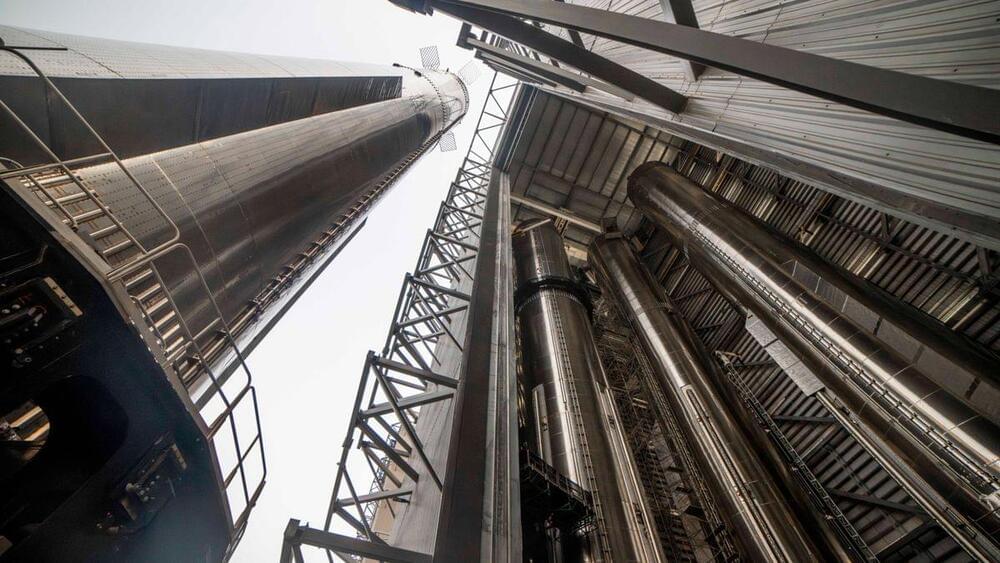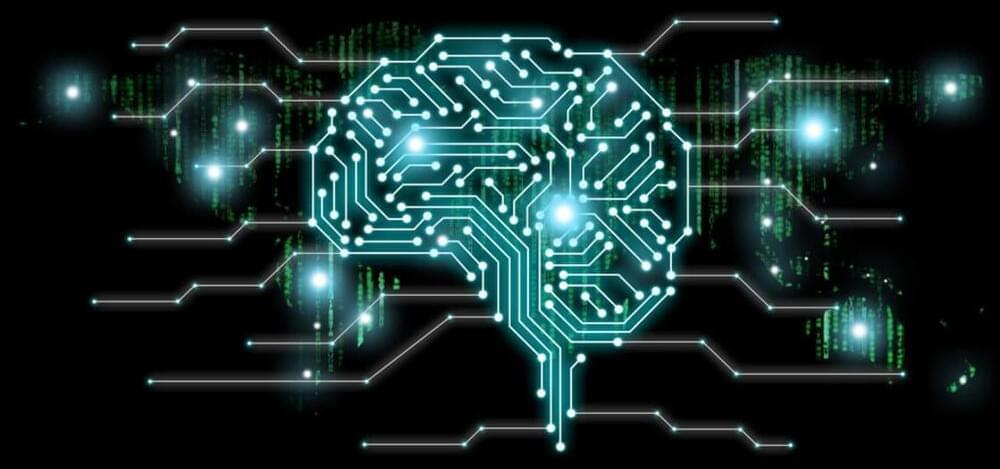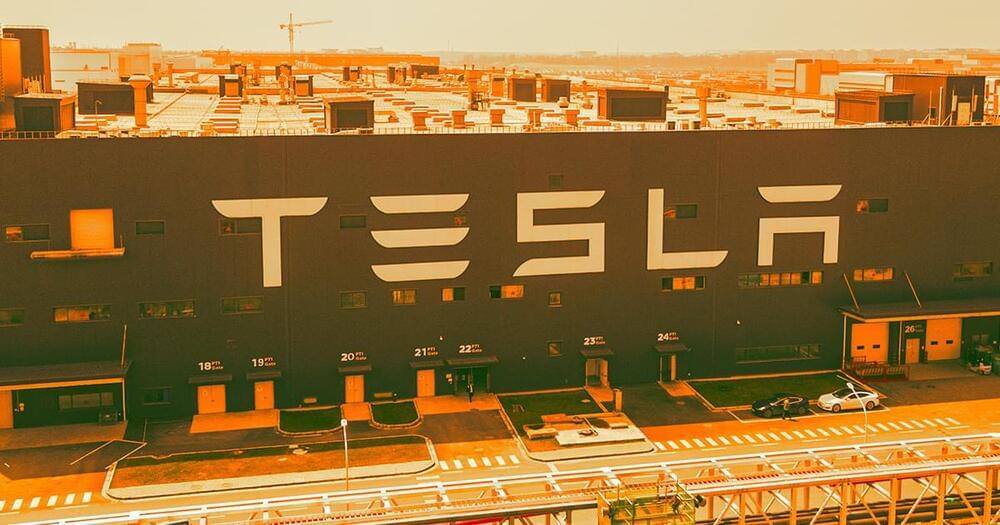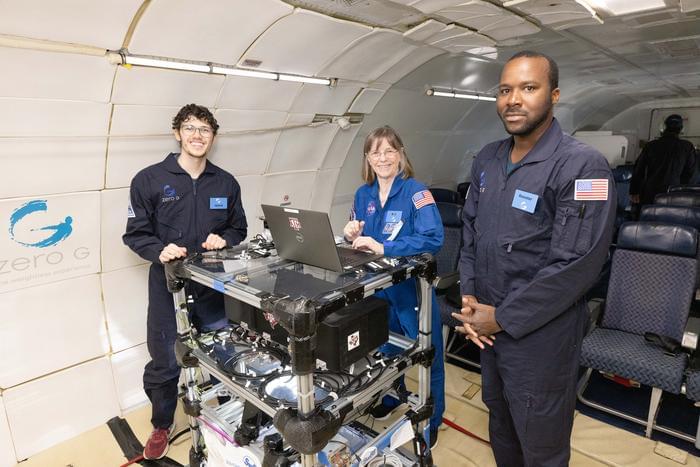Hopefully it won’t leave you.




We’re likely still a month or so away from the next launch of SpaceX’s Starship megarocket.
That was the timeline Elon Musk offered in a post on X over the weekend, saying Starship’s next test flight is “probably 3 to 5 weeks” away. “Objective is for the ship to get past max heating, or at least further than last time,” the billionaire entrepreneur added.

In February, ransomware attackers targeted Chain Healthcare, the payment management arm of healthcare giant UnitedHealth Group, causing backlogs in prescription insurance claims.
Ransomware can be introduced to a company’s databases through even the smallest slip by an employee, like clicking a link in a phishing email. But as companies have gotten better at keeping criminals out, the crooks have gotten more creative, Mandiant CTO Charles Carmakal says.

The brain’s ability to rid itself of toxins may actually be reduced during sleep, contrary to the leading scientific theory.
Over the past decade, the leading explanation for why we sleep has been that it provides the brain with an opportunity to flush out toxins.
However, a new study led by scientists at the UK Dementia Research Institute (UK DRI) at Imperial College London indicates that this may not be true.

(TNS) — The global race for computational power is well underway, fueled by a worldwide boom in artificial intelligence. OpenAI’s Sam Altman is seeking to raise as much as $7 trillion for a chipmaking venture. Tech giants like Microsoft and Amazon are building AI chips of their own. The need for more computing horsepower to train and use AI models—fueling a quest for everything from cutting-edge chips to giant data sets—isn’t just a current source of geopolitical leverage (as with US curbs on chip exports to China). It is also shaping the way nations will grow and compete in the future, with governments from India to the UK developing national strategies and stockpiling Nvidia graphics processing units.
I believe it’s high time for America to have its own national compute strategy: an Apollo program for the age of AI.
In January, under President Biden’s executive order on AI, the National Science Foundation launched a pilot program for the National AI Research Resource (NAIRR), envisioned as a “shared research infrastructure” to provide AI computing power, access to open government and nongovernment data sets, and training resources to students and AI researchers.


How will liquids boil under reduced gravity, specifically on the Moon and Mars? This is what a recent project hopes to address as a team of researchers led by the Southwest Research Institute (SwRI) and working with Texas A&M University investigated the behavior of boiling liquids under reduced gravity using parabolic flights that are designed to simulate reduced gravity conditions. This project holds the potential to help researchers and future astronauts better understand how to manage boiling liquids during long-term space missions to the Moon and Mars where the gravity is one-sixth and one-third of the Earth’s, respectively.
From left to right: SwRI Research Engineer, Emilio Gordon, Texas A&M University Professor of Aerospace Engineering, Dr. Bonnie Dunbar, and SwRI Research Engineer, Dr. Eugene Hoffman, examine the experimental payload right before its parabolic flight on April 24th, 2024. (Credit: Southwest Research Institute)
“We have so little data about how boiling works in reduced gravity,” said Kevin Supak, who is a program manager at SwRI and the project lead. “Our experiment studies boiling in conditions that simulate lunar and Martian gravity levels using four different surfaces to examine how bubbles initiate and detach.”

How does human activity influence the ocean biodiversity for marine protected areas (MPAs)? This is what a recent study published in Conservation Letters hopes to address as a team of international researchers investigated current conservation efforts aimed at further strengthening MPAs around the world. This study holds the potential to help scientists, conservationists, legislators, and the public better understand the global impact of ocean biodiversity, as the United Nations has called for protecting 30 percent of the ocean by 2030.
“Now more than ever we need healthy and biodiverse areas in the ocean to benefit people and help buffer threats to ocean ecosystems,” said Dr. Kirsten Grorud-Colvert, who is an associate professor in the Department of Integrative Biology at Oregon State University and a co-author on the study. “Marine protected areas can only achieve this if they are set up to be effective, just and durable. Our assessment shows how some of the largest protected areas in the world can be strengthened for lasting benefits.”
For the study, the researchers analyzed the 100 largest MPAs in the world using The MPA Guide, the former of which represents 90 percent of the global MPAs. For each MPA, the researchers collected data on the protection status, regulation documents, and management plan, along with analyzing scientific literature pertaining to human activities in those MPAs. In the end, the researchers found that 25 percent of the analyzed MPAs lacked proper implementation while they determined that 33 percent of the analyzed MPAs did not meet criteria for being compatible with nature conservation. They concluded these results were from either decreased regulations or increased levels of human activity.

Feeling Bad About Feeling Good?
Summary: A new study explores the complex moral landscape of revenge, revealing that people’s reactions to revenge vary significantly based on the emotions displayed by the avenger. Conducted across four surveys involving Polish students and American adults, the study found that avengers who demonstrate satisfaction are viewed as more competent, whereas those expressing pleasure are seen as immoral.
These perceptions shift dramatically when individuals imagine themselves in the avenger’s shoes, tending to view their own actions as less moral compared to others. The findings challenge conventional views on revenge, suggesting that societal and personal perspectives on morality and competence deeply influence judgments of revengeful actions.